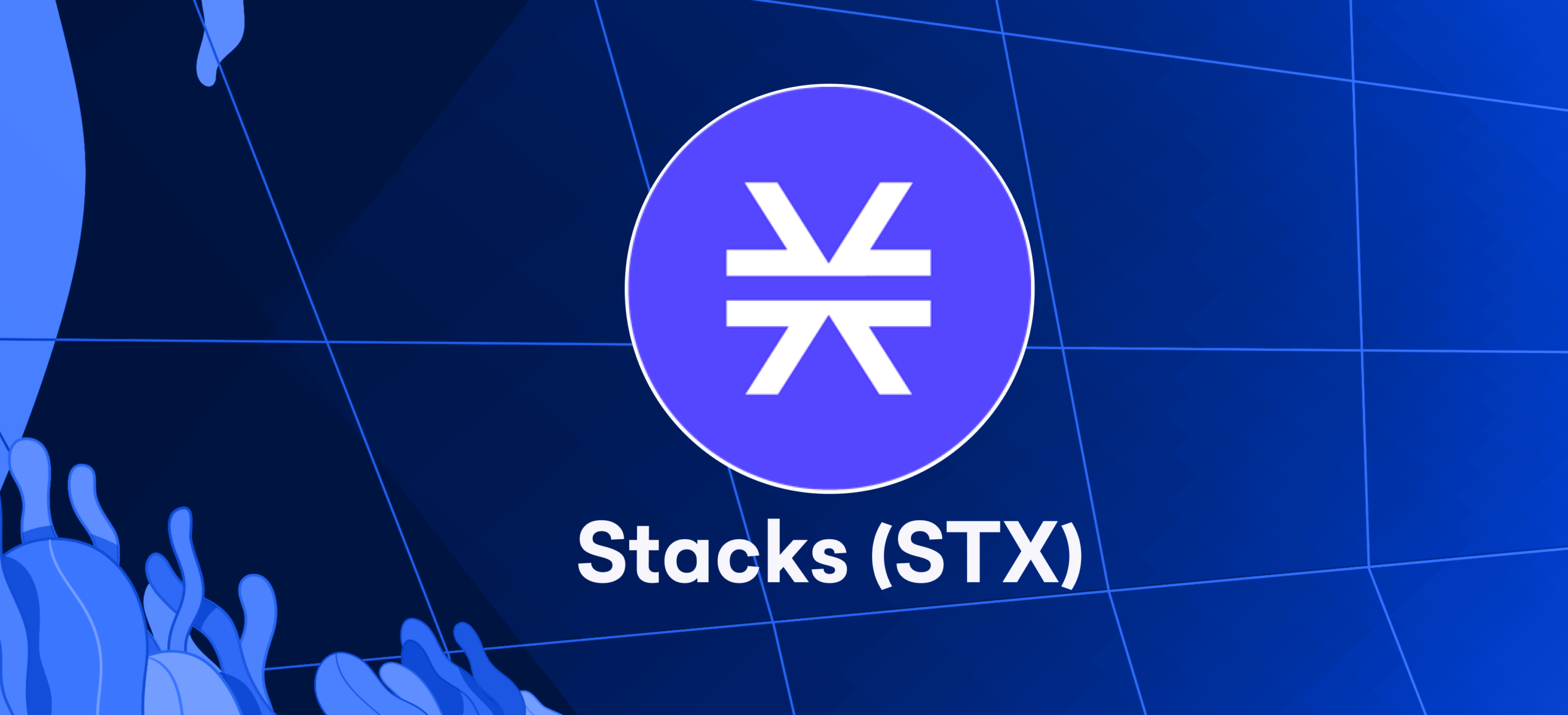
Bitcoin Ordinals have introduced a groundbreaking advancement in blockchain technology. By enabling users to attach unique information to individual satoshis (the smallest units of Bitcoin), they have opened up new possibilities in the world of cryptocurrency. This innovative process, referred to as “inscription,” has paved the way for the emergence of Bitcoin NFTs, marking an exciting and significant development within the cryptocurrency ecosystem.
This guide explores the world of Bitcoin Ordinals. It covers their origins, workings, pros and cons, as well as a step-by-step guide on creating a Bitcoin NFT.
Understanding Bitcoin Ordinals
Bitcoin Ordinals have emerged as a novel form of non-fungible tokens (NFT) that is garnering noteworthy attention within the crypto community. These unique digital assets are intricately connected to specific transactions on the Bitcoin blockchain, guaranteeing indisputable evidence of ownership with utmost transparency and immutability.
Bitcoin Ordinals offer a unique way to assign numbers to Bitcoin satoshis, creating verifiably scarce and valuable digital collectibles. However, it is important to note that ordinal inscriptions do not function as tokens or smart contracts. Rather, they are simply markings on specific satoshis without any associated functionality.
Bitcoin Ordinals emerge from a longstanding dispute within the Bitcoin community: Should Bitcoin exclusively serve as a means of conducting financial transactions, or should we also harness its potential as a secure and decentralized network for data storage? If Bitcoin aims to become the world’s reserve currency, it must transform into a global financial network.
However, including experimental use cases like inscribing data onto its block space may be hindered. Conversely, if Bitcoin’s block space is used as storage, it could potentially solve the security budget problem faced by the blockchain.
How Bitcoin Ordinals Work
Bitcoin ordinals, also referred to as Bitcoin script opcodes, consist of a series of instructions utilized within Bitcoin’s scripting language. These opcode commands establish the guidelines governing the creation and verification of transactions on the Bitcoin blockchain. Bitcoin scripting represents a straightforward language based on stacks that enables users to define the conditions for fund expenditure. Let us delve into how Bitcoin ordinals operate:
Stack-Based Execution
RephraseBitcoin scripts undergo execution in a stack-based manner. Within transactions, scripts consist of a series of opcodes that execute sequentially. Throughout the execution of these opcodes, data is pushed onto and popped from a stack.
Validation
Bitcoin uses ordinals to validate transactions. When a transaction is included in a block, the Bitcoin network verifies if the transaction’s script satisfies specific conditions outlined by the ordinals. If these conditions are met, the transaction is deemed valid; otherwise, it is rejected.
Common Ordinals
Some common Bitcoin ordinals include:
OP_CHECKSIG: This opcode checks the digital signature of a transaction. It ensures that the signature corresponds to the public key used to create the transaction and that the public key is associated with the sender’s address.
OP_CHECKMULTISIG: This opcode is used for multisignature transactions. It verifies that a specified number of signatures from a set of public keys are valid.
OP_IF, OP_ELSE, OP_ENDIF: These opcodes are used for conditional execution of scripts. They allow for branching logic based on certain conditions.
OP_HASH160: This opcode is used to compute the hash of a public key or other data and is often used in the creation of Bitcoin addresses.
OP_EQUAL: This opcode checks if two pieces of data on the stack are equal.
Custom Scripts
Bitcoin ordinals allows users to create custom scripts capable of defining intricate spending conditions. These scripts can include requirements such as multiple signatures, time locks, or other specific conditions that must be met prior to accessing funds.
ScriptPubKey and ScriptSig
In a typical Bitcoin transaction, there are two script sections: the ScriptPubKey and the ScriptSig. The ScriptPubKey defines the conditions that need to be met in order to spend the output. These conditions could include a specific public key or script hash. On the other hand, the ScriptSig is responsible for providing the necessary data that satisfies those conditions. This data might involve a digital signature or additional information.
Bitcoin Script’s Flexibility
The Bitcoin script was deliberately designed to possess simplicity and flexibility. This intentional design enables it to accommodate a multitude of use cases and smart contracts. Developers have the creative freedom to leverage these opcodes in order to implement an extensive array of transaction types and conditions.
Bitcoin scripting deliberately limits its complexity to prioritize security and minimize potential vulnerabilities. However, for more intricate smart contract functionality, blockchain platforms like Ethereum come into play, employing a Turing-complete scripting language.
Ordinals vs. Traditional NFTs
Ordinals and Non-Fungible Tokens (NFTs) are two types of digital assets with distinct characteristics that set them apart. NFTs, being unique tokens, reside on a blockchain system like Ethereum. Each NFT contains metadata that serves as a reference to the actual data of a digital asset stored elsewhere, such as on IPFS or centralized servers like Amazon’s AWS.
Inscriptions, unlike NFTs, are a specific type of digital artifact that directly resides on the Bitcoin blockchain. They distinguish themselves by utilizing the “witness data” feature in Bitcoin transactions. Rather than simply referring to external data storing an asset’s information, Inscriptions contain a pointer or reference to the actual digital content itself.
Ordinal inscriptions, which represent satoshis, are always stored on the Bitcoin blockchain. This essential feature ensures decentralization and security. The ownership of these inscriptions is traced using a groundbreaking method called the Ordinal Theory. This theory enables each inscription to be linked to a unique Satoshi, which happens to be the smallest unit of Bitcoin.
The Ordinal Theory offers a mechanism for tracking the ownership and transfer of immutable digital artifacts on the Bitcoin blockchain. While NFTs and Inscriptions both represent forms of digital ownership, they differ significantly in their relationship with the blockchain and their immutability.
Ordinal Theory and Inscriptions
Ordinal Theory Explained
The introduction of Ordinal Theory revolutionizes the tracking and tracing of individual satoshis within the Bitcoin supply. This innovative approach makes use of the Taproot upgrade, rendering sidechains and separate tokens obsolete. With Ordinal Theory, each satoshi can now be meticulously identified and monitored throughout its journey within the Bitcoin ecosystem.
Rarity Categories
The introduction of ordinal inscriptions has brought forth a new era in Bitcoin collection. These inscriptions have introduced a system that categorizes satoshis based on their rarity, adding an exciting and unexplored dimension to the world of Bitcoin. Collectors and enthusiasts now have a unique way to appreciate and evaluate the value of individual satoshis within the vast Bitcoin network.
Pros and Cons of Bitcoin Ordinals
Pros
- Ordinals expand Bitcoin’s use cases, encouraging innovation in the cryptocurrency space.
- Increased network fees due to inscribed satoshis can incentivize miners to secure the blockchain.
Cons
- Controversy exists within the Bitcoin community regarding the addition of new features and use cases.
- Network fees have escalated, partly due to Ordinals competing for block space with regular BTC transactions.
How to Create a Bitcoin NFT
Minting an Ordinal NFT
- Creating a Bitcoin NFT using Ordinals is still in its early stages and may require technical expertise.
- Steps may include setting up a full Bitcoin node, installing a Taproot-compatible wallet, and inscribing satoshis into the wallet.
- Choose a wallet with a “coin control” feature to manage Ordinal satoshis effectively.
Conclusion
Bitcoin Ordinals represent a significant breakthrough in blockchain technology. They introduce an innovative method for storing information on the Bitcoin network, expanding its utility and stimulating heightened activity in the world of cryptocurrency. The future growth and evolution of Ordinals are yet to be determined; nonetheless, they undeniably unlock new possibilities shaping the future of Web3.








